What is Antifreeze Coolant?
Antifreeze coolant is an essential fluid used in vehicle cooling systems. It helps manage engine temperature, ensuring optimal performance. It prevents the engine from freezing in cold weather and overheating in hot conditions. This liquid plays a critical role in preserving engine health and longevity.
Key Components and Composition of Antifreeze
Antifreeze is made from several components, each serving a specific purpose. The primary ingredient is ethylene glycol or propylene glycol. These chemicals help lower the freezing point and raise the boiling point of the coolant. Additives are mixed in to prevent rust, scale buildup, and corrosion in the cooling system. Some antifreeze products include dyes for easy leak detection. You’ll usually find antifreeze in various colors, such as green, orange, or yellow, indicating its specific formula.
The Role of Antifreeze in Your Vehicle
Antifreeze coolant ensures your engine operates within a safe temperature range. As the engine generates heat, the coolant circulates to absorb and dissipate it. This prevents overheating and maintains the engine’s efficiency. In winter, antifreeze keeps the engine and other components from freezing. This ensures smooth engine startups, even in freezing temperatures. Overall, it protects key engine parts from thermal damage and corrosion.
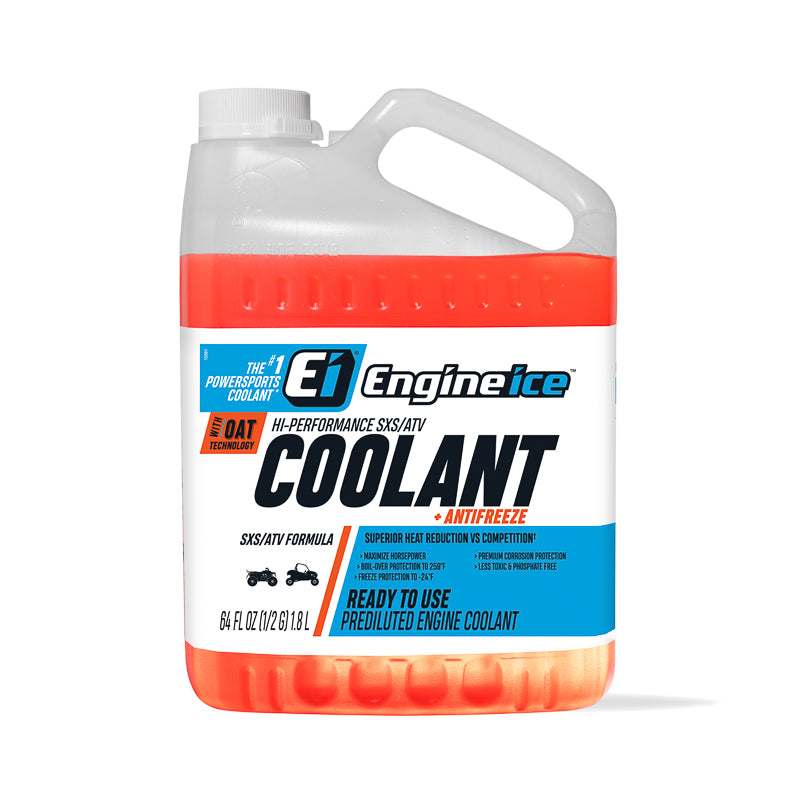
How Antifreeze Works in Your Vehicle
Antifreeze coolant plays a vital role in your vehicle’s engine performance and health. It ensures your engine remains functional in both extremely hot and cold conditions. By managing temperature fluctuations, it protects against potential damage caused by overheating or freezing.
Regulating Engine Temperature
Antifreeze coolant absorbs and dissipates heat generated by the engine during operation. It flows through the cooling system, transferring heat from the engine to the radiator. This process prevents the engine from overheating, which can lead to serious damage and costly repairs. Moreover, antifreeze helps maintain an optimal temperature range, ensuring efficient fuel combustion and smooth operation.
Effective regulation of engine temperature is critical for overall vehicle reliability. It also supports key systems such as air conditioning and heating, which depend on the coolant’s performance.
Preventing Freezing and Overheating
In cold weather, antifreeze keeps the engine and its components from freezing. It lowers the freezing point of the coolant, ensuring the fluid remains liquid even in sub-zero conditions. This prevents ice formation, which could block the cooling system and damage engine parts.
During hot weather, antifreeze increases the boiling point of the coolant. This prevents it from evaporating and overheating, even under extreme temperatures. By balancing temperature extremes, antifreeze coolant ensures your vehicle operates safely all year round.
Understanding how antifreeze works can help you appreciate its importance in preserving vehicle performance and longevity.
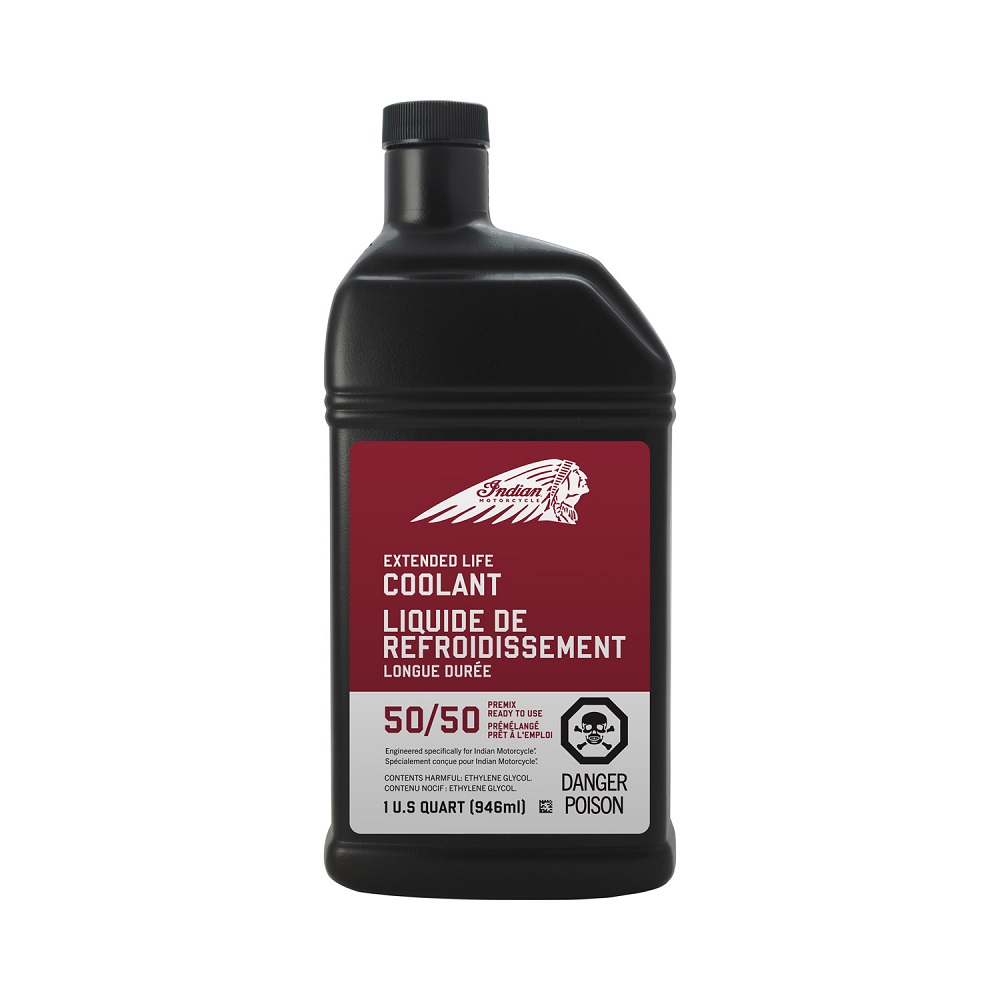
Types of Coolants
Antifreeze coolants come in various types, each designed for specific vehicle needs. Understanding these types is essential for maintaining engine health and ensuring optimal performance.
Traditional vs. Organic Acid Technology (OAT) Coolants
Traditional antifreeze coolant contains silicate and phosphate additives. These additives block rust and corrosion effectively. It is typically green in color and needs frequent replacement. Traditional coolants work well with older vehicles that require quick corrosion protection.
Organic Acid Technology (OAT) coolants are newer and more advanced. They use organic acids to prevent rust and corrosion without relying on silicates. OAT coolants often last longer, offering extended protection for modern engines. They are typically orange or red in color and recommended for newer vehicles. However, mixing OAT with traditional antifreeze is not advised.
Choosing the Right Antifreeze for Your Vehicle
Selecting the right antifreeze ensures your cooling system performs efficiently. First, check your vehicle manual for the recommended type. Some vehicles require specific formulas for compatibility. Consider the age and model of your car. Older models often use traditional coolants, while newer ones prefer OAT.
Keep your driving conditions in mind. For extreme climates, opt for antifreeze with enhanced temperature stability. Also, look for coolant formulas designed to minimize maintenance requirements. By choosing the proper antifreeze for your vehicle, you can avoid engine damage and extend its lifespan.
Benefits of Using Coolant
Antifreeze coolant offers several vital benefits for your vehicle’s engine and cooling system. It enhances the engine’s performance, protects key components, and ensures reliability under extreme temperatures. Let’s explore two key benefits in detail.
Extending Engine Lifespan
Antifreeze helps prevent engine wear and damage caused by extreme temperatures. It keeps the engine running smoothly in both freezing and hot weather. By regulating the engine’s temperature, it ensures all components work efficiently. This reduces the risk of overheating or freezing, which can lead to costly repairs.
Antifreeze also prevents thermal stress on engine parts by maintaining consistent temperature levels. This protection minimizes cracks, warping, and other damages to critical components. Long-term use of proper antifreeze coolant significantly extends the engine’s lifespan.
Reducing Corrosion in the Cooling System
Antifreeze coolant contains additives that protect the cooling system from rust and corrosion. These additives form a barrier on metal surfaces, preventing them from reacting with moisture. By controlling corrosion, antifreeze ensures the cooling system functions efficiently.
A well-maintained cooling system improves engine performance and reduces the need for frequent repairs. Antifreeze also prevents scale and deposits that clog the system. This keeps the fluid flow smooth and maintains system efficiency.
By extending engine life and reducing corrosion, antifreeze coolant proves essential for vehicle maintenance. Using the correct coolant type ensures these benefits are maximized.
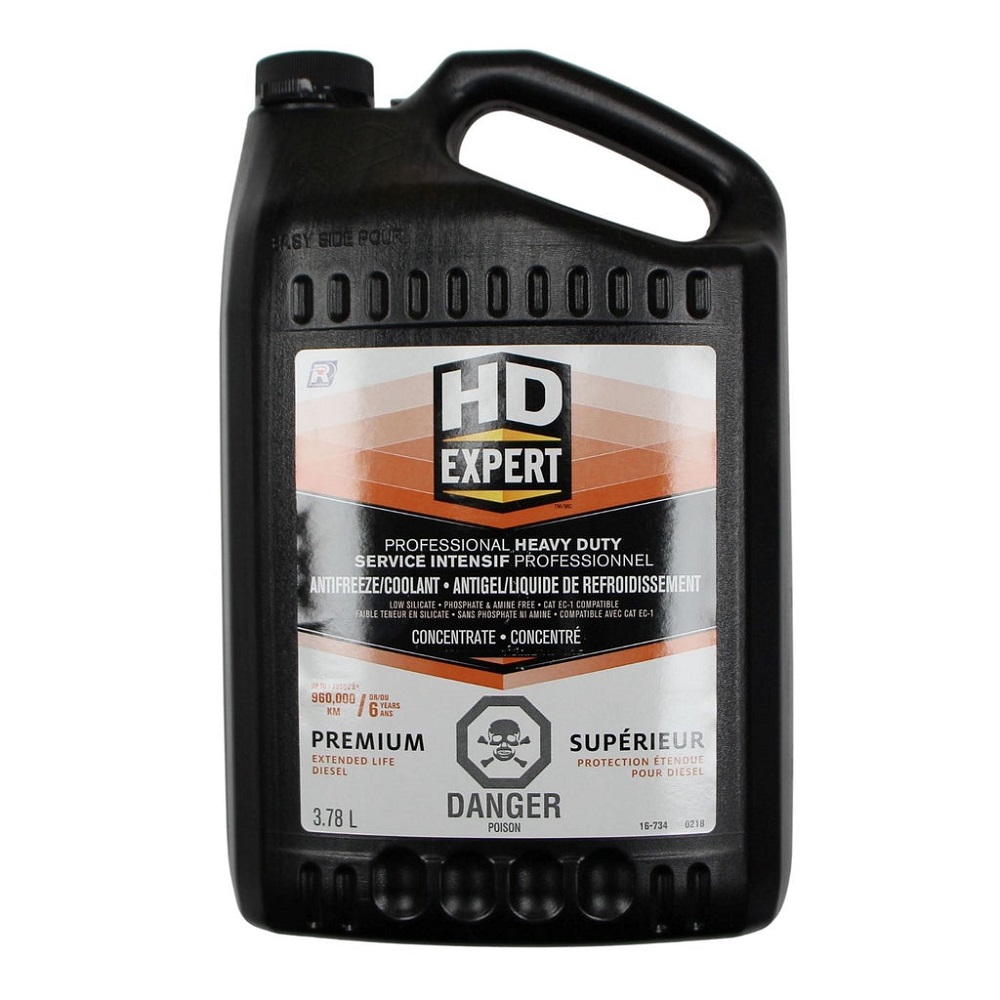
Signs of Coolant Problems
Identifying antifreeze coolant problems early can prevent serious engine damage. Regular checks and awareness are essential. Abnormalities in coolant performance often indicate underlying issues in the cooling system. Let’s explore the common warning signs and how to check antifreeze levels efficiently.
Common Issues to Look Out For
- Coolant Leaks: Pooling liquid under the vehicle may reveal a leaking cooling system. Check hoses and connections.
- Discolored Coolant: Coolant that turns brown or cloudy signals contamination. Replace it to avoid engine damage.
- Sweet Smell Inside the Car: A sweet odor inside the cabin can indicate a coolant leak. Inspect the heater core immediately.
- Low Coolant Levels: Low antifreeze levels result in poor cooling efficiency. It can lead to overheating issues.
- Engine Overheating: Frequent overheating might be due to failing coolant performance. Check the coolant and radiator.
- Warning Lights: Pay attention to dashboard warning lights. They often signal coolant-related problems.
How to Check Antifreeze Levels
- Cool Down Your Vehicle: Ensure the engine is cold before touching the cooling system.
- Locate the Coolant Reservoir: Find the transparent plastic tank connected to the cooling system.
- Inspect Fluid Levels: Look at the “minimum” and “maximum” markers. Fluid below minimum levels needs a top-up.
- Check Coolant Color: A strange color or debris signals contamination or aging coolant.
- Use a Coolant Tester: A tester measures the freezing and boiling points for accuracy.
- Refer to the Manual: Check your owner’s manual for specific guidelines and coolant specifications.
Early detection ensures smooth engine performance and prevents costly repairs. Regular monitoring of antifreeze coolant is a simple yet vital maintenance step.
How to Maintain and Replace Your Coolant
Proper maintenance of antifreeze coolant is vital for vehicle health. Regular checks and timely replacement ensure efficient engine cooling and prevent system damage. Neglecting maintenance can lead to overheating, freezing, or corrosion in your cooling system.
When to Replace Your Antifreeze Coolant
Replacing antifreeze coolant on time protects your engine from damage and ensures proper functionality. Here are key indicators for replacement:
- Time-Based Replacement: Most vehicles recommend changing antifreeze every 2–5 years. Check your owner’s manual for the specific interval.
- Mileage Milestone: Some cars suggest replacement after 30,000–50,000 miles. Refer to your maintenance schedule.
- Color Change: Discolored or cloudy coolant signals contamination or aging. Replace it immediately.
- Debris or Sediment: Visible particles indicate system rust or deposits. New antifreeze solves this issue.
- Coolant Tester Readings: Use a tester to check the freezing and boiling point. Replace coolant if readings are off.
Timely replacement maintains the efficiency of your cooling system and prevents costly repairs.
Steps for Draining and Refilling Antifreeze
Replacing antifreeze coolant requires a few essential steps. Follow these to ensure a safe and effective process:
- Prepare Your Vehicle: Switch off the engine and let it cool completely. Ensure the parking brake is engaged.
- Locate the Drain Plug: Find the radiator drain plug or petcock. This is often at the bottom of the radiator.
- Drain Old Coolant: Place a container under the radiator and open the drain plug. Allow old coolant to flow out completely.
- Flush the System: Use distilled water or a radiator flush solution to clean the cooling system. This removes sediment and contaminants.
- Close the Drain Plug: Once the system is flushed, securely close the drain plug to avoid leaks.
- Refill with New Antifreeze: Mix the antifreeze coolant with distilled water in the recommended ratio. Pour it into the coolant reservoir or radiator.
- Bleed Air from System: Start the engine and let it run for a few minutes. Open the bleeder valve if available to release trapped air.
- Check Coolant Levels: Top up the coolant to the “maximum” marker once the engine cools.
- Inspect for Leaks: Check for leaks around the radiator and hoses after the engine warms up.
By following these steps, you’ll enhance the cooling system’s performance and improve vehicle reliability.
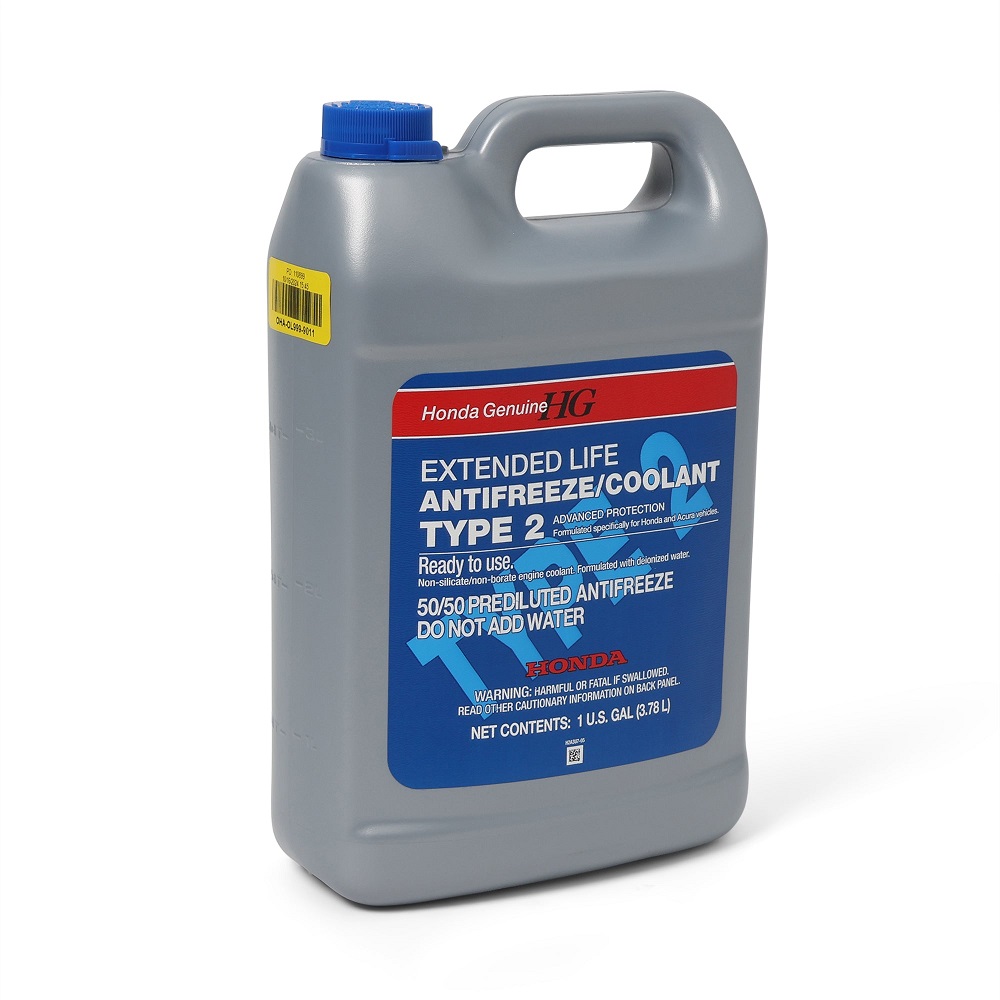
Environmental and Safety Considerations
Antifreeze coolant is essential for vehicles, but it can harm the environment if mishandled. Knowing how to manage and dispose of it properly is crucial. Safety measures are equally important to protect yourself while handling this chemical.
The Importance of Proper Disposal
Proper disposal of antifreeze coolant prevents environmental damage and safety risks:
- Hazardous Chemicals: Antifreeze contains ethylene glycol or propylene glycol, both toxic to animals and humans.
- Avoid Draining on Ground: Never pour antifreeze down drains, on the ground, or into water supplies.
- Recycling Facilities: Take used antifreeze to a recycling center or automotive shop for safe disposal.
- Follow Local Laws: Many areas have specific rules for disposing of automotive fluids.
Responsible disposal reduces pollution and protects wildlife from poisoning. Always prioritize the environment when managing used antifreeze.
Handling Antifreeze Safely
Follow these safety tips when handling antifreeze coolant:
- Wear Protective Gear: Use gloves and goggles to avoid skin and eye contact.
- Store in Sealed Containers: Keep antifreeze in tightly closed, labeled containers away from children and pets.
- Clean Spills Immediately: Wipe off spills to prevent accidental ingestion by animals or environmental contamination.
- Work in Ventilated Areas: Use antifreeze in well-ventilated spaces to avoid inhaling harmful fumes.
- Avoid Mixing Types: Combining different antifreeze types can create chemical reactions or reduce effectiveness.
- Use Funnels: Prevent spills when pouring antifreeze into your vehicle.
Safe handling minimizes risks and ensures antifreeze remains effective while keeping you and others safe.
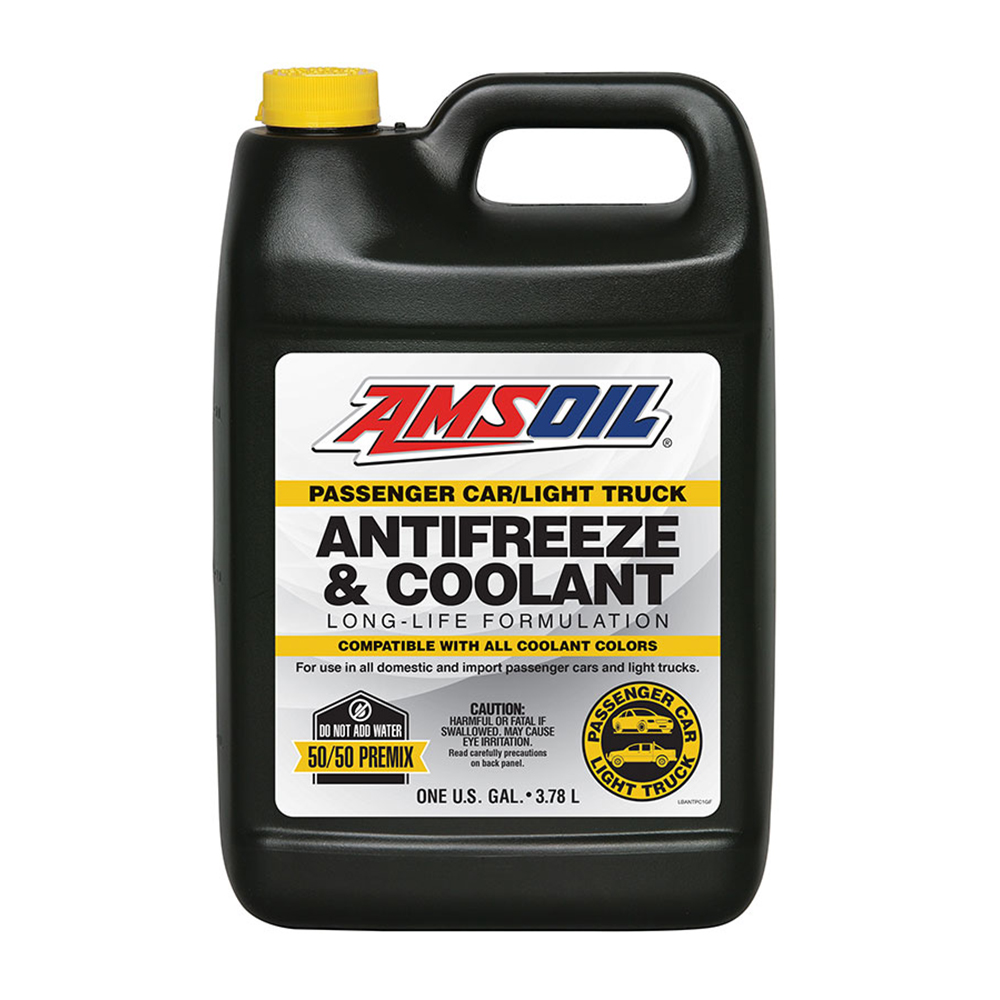
FAQs About Antifreeze Coolant
Frequently Asked Questions and Their Answers
1. What is the primary function of antifreeze coolant?
Antifreeze coolant regulates engine temperature, preventing freezing in winter and overheating in summer.
2. How often should I replace my antifreeze?
Check your vehicle manual for guidelines. Replacement is usually needed every 2–5 years or as specified.
3. Can I mix different types of antifreeze?
No, mixing antifreeze types can reduce efficiency or cause chemical reactions.
4. How do I know if my antifreeze is contaminated?
Discolored or cloudy antifreeze, or floating debris, indicates contamination. Replace it promptly.
5. What happens if I drive with low coolant levels?
Driving with low coolant can cause engine overheating, leading to severe damage.
6. Can antifreeze harm pets or wildlife?
Yes, antifreeze is toxic. Clean spills immediately and dispose of it responsibly to avoid harm.
7. How can I check my coolant levels?
Inspect your coolant reservoir and ensure the fluid is between minimum and maximum markers. Use the right tools for accuracy.
8. Is antifreeze coolant the same as water?
No, water lacks additives like rust inhibitors and freeze/boil protection crucial in antifreeze.
9. Why is my coolant leaking?
Leaks may occur due to worn hoses, a damaged radiator, or a failing water pump. Inspect these parts.
10. What color should my antifreeze be?
Antifreeze comes in various colors, such as green, orange, or yellow. Use the type recommended in your manual.
Antifreeze coolant is essential for your engine’s health. Addressing these FAQs ensures better vehicle maintenance.
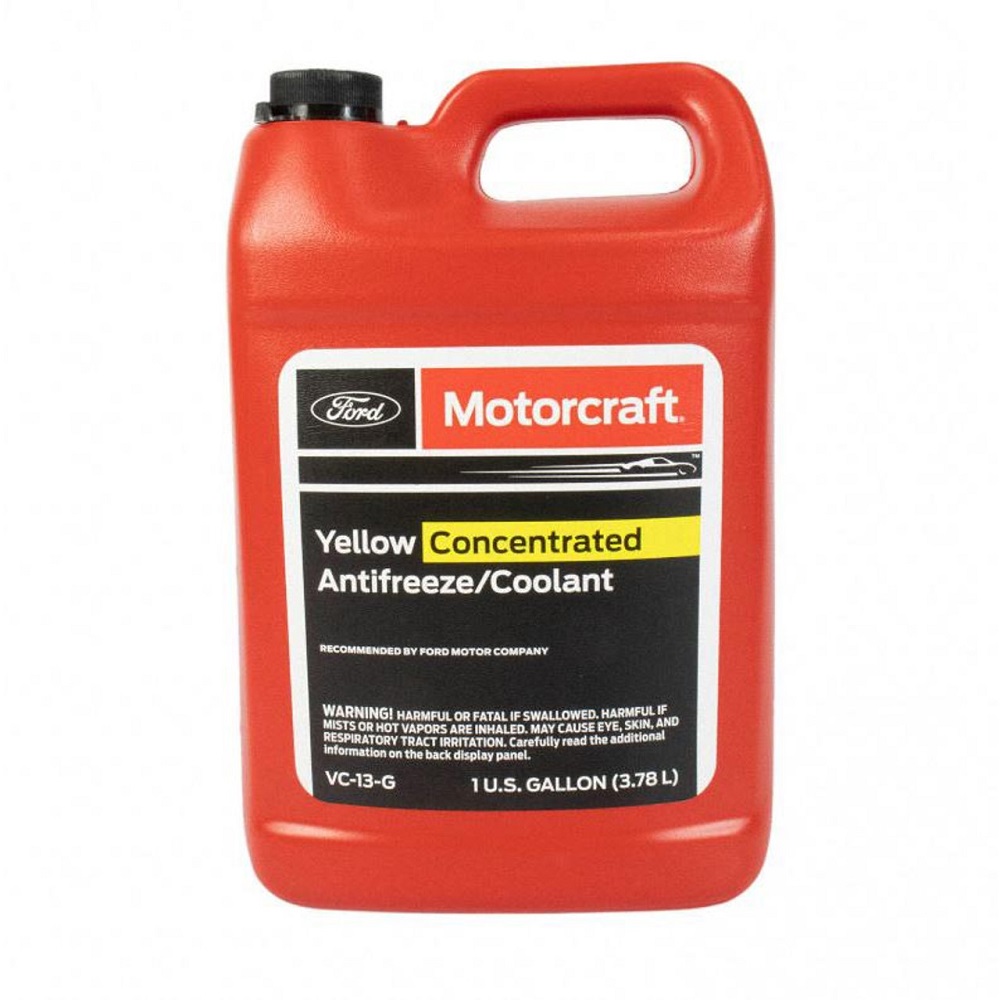
Leave a Reply